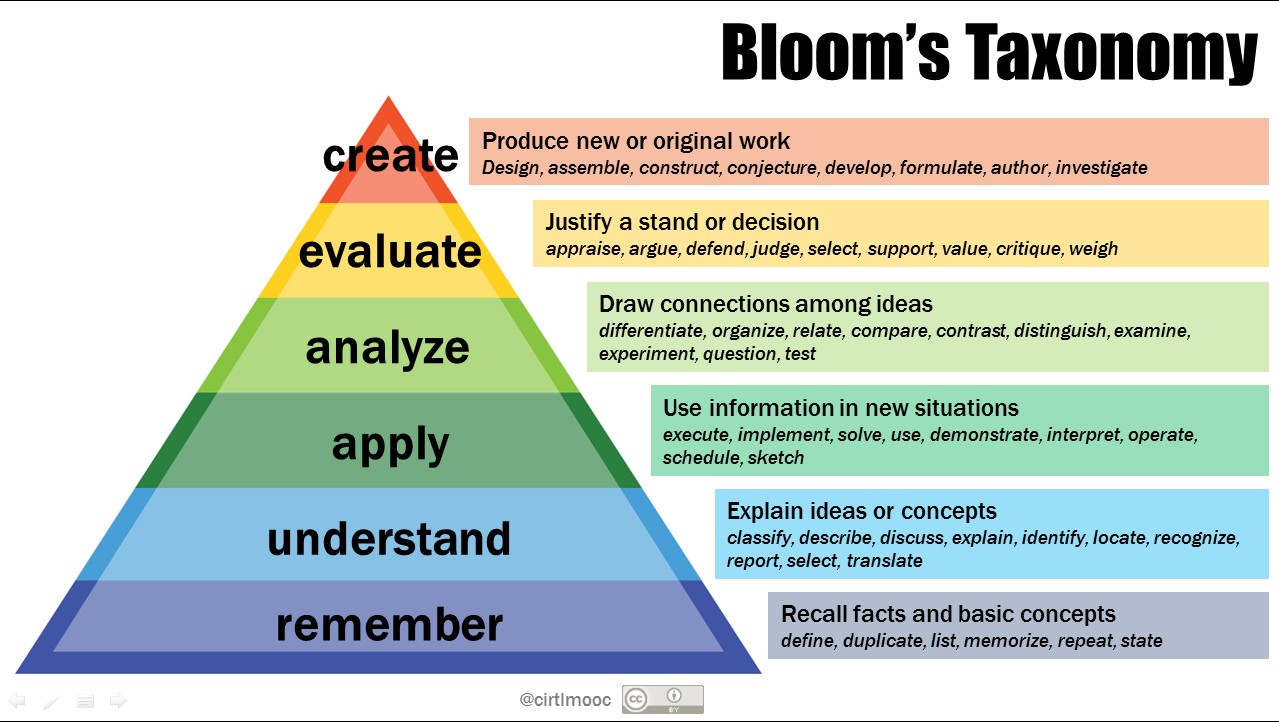In my experience, the vast majority of philosophy courses use one, and exactly one, assessment technique: papers (and occasionally a participation grade). At times an instructor will require a summary of the reading (to demonstrate comprehension), and at other times, a critical response (to demonstrate both critical and creative thinking). Though the prompts vary, however, the format remains the same. While I am generally pretty good about having them write drafts and then improve upon those, I still have trouble getting students to craft a sound and reasonable argument. This class is providing me an opportunity to examine the grading rut I have fallen into, but unfortunately I’m having trouble seeing a better way to assess student learning and critical thinking than having them write papers.
My goals for my students, when they complete an assessment, are as follows:
-that they demonstrate that they understand the texts we’ve read,
-that they can think about the text as an argument,
-that they spend time carefully considering the argument as a whole,
-that they think critically about the argument,
-and that they formulate their own thoughtful response to it.

Source: Vanderbilt’s Center for Teaching
Essentially, my goal is for them to work their way through Bloom’s taxonomy, and in writing a paper, to show me how they did it and where they ended up. I do sincerely believe that writing a paper is one of the best ways to do that, because it forces them to slow down and think.
However, I can think of two things that might improve their learning outcomes.
- Taking them through the stages of Bloom’s taxonomy paper by paper. In other words, require that the first paper be a summary, the second paper be an application, the third paper be analysis, the fourth paper be a critique, and the fifth paper be an original response. In this way, I can lead them through the process step by step, rather than just throwing them in the deep end.
- Using Voice Thread to break the argument into pieces for them, presenting them with a one part of it per frame, and then allowing them to respond to individual sections of it (bonus: getting to incorporate images for the visual learners). I think this might prevent them from getting overwhelmed by the task of taking on the argument as a whole, and instead break it into comprehensible, manageable chunks. It would also keep them from misunderstanding the text and then trying to base their whole response on a misunderstanding (which is a particularly frustrating paper to grade).
Both of these hinge upon breaking both the material and the students’ responses to it into smaller pieces. I think it’s a reasonable goal and one that would greatly benefit my students.